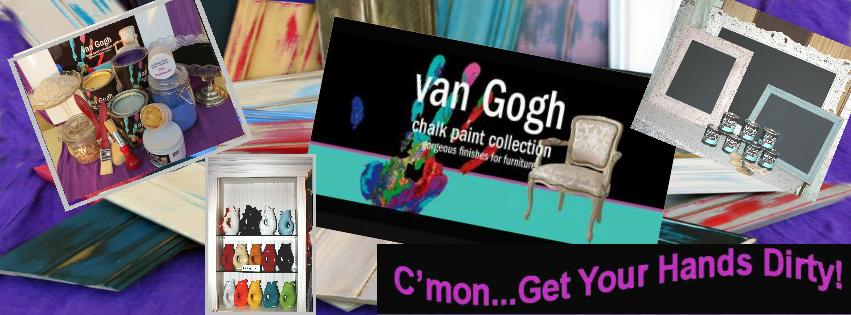Tye Dye for furniture is and can be quite funky looking but also could be quite elegant. In the samples above we have used very bold colours. However this need not be the end result. The following examples show what can be done with a less bold palette of beige, tan, brown and black.
 |
| Drawer and samples done |
 In preparation to do a Tye Dye job I start by picking the colours that are most appropriate for what I am doing. I try and pick out one main colour which is the same as the body of the piece being painted and then a complimentary colour or colours that will give the piece a bit of sophistication. Though my choice that I made above now looks frightfully like camouflage but we can work with it. I then take a number of small containers (I use 1oz containers that I get from U-Line and they have lids that I can close and save any of the mix I have left for another job. I am not sure how long it lasts but I have some that I mixed over a week ago that are still good.
In preparation to do a Tye Dye job I start by picking the colours that are most appropriate for what I am doing. I try and pick out one main colour which is the same as the body of the piece being painted and then a complimentary colour or colours that will give the piece a bit of sophistication. Though my choice that I made above now looks frightfully like camouflage but we can work with it. I then take a number of small containers (I use 1oz containers that I get from U-Line and they have lids that I can close and save any of the mix I have left for another job. I am not sure how long it lasts but I have some that I mixed over a week ago that are still good.  |
| Initial Setup for Application |
Into each of the containers I will put an even amount of the Tye Dye Medium to start. I will then put a different amount of water into each of the containers. We then put a different colour in each container and stir to emulsify the liquid. What this does is it changes the viscosity or the informal notion of "thickness" of the mixture.
Now not to get too technical a liquids viscosity depends on the size and shape of the liquids particles and the friction of the different particles to each other. The particles in the liquid will essential move at different velocities to each other. The other thing that is affected in the liquid is the specific gravity which by relation is the density of the liquid or mass of a liquid compared to a reference substance or liquid. This affects the buoyancy of the liquid and the denser the liquid, the greater the buoyancy will be of the liquids that we are using.
What means, as we vary the amount of water (the only variable we control for) the different colours of paint will float on, under or beside the others causing every time a unique flow of the paint colours which lead to a very organic design being created. There are other variables such as pigment shape and the amount of water in the paint being added but they are not measureable or need to be to get the result that we want. In fact you can probably ignore most of my "technical explanation" and still have fun and become very creative.
I spoke to Kathy van Gogh about the process and ultimately it is the result that is important and we need to know that varying the water will give us the most randomness of anything we do.
 |
| Colour preparation at Women's Lifestyle Show 2014 in London. |
Generally, the application is done a number of ways. I can pour it on. I can drizzle it on with a stick, small brush or other tool (I used a feather on one like one would do when veining faux marble). Once the liquids are applied, the idea is to pick up the piece and turn it "every which way" and till all the voids and "holidays" are filled. Try not to use your fingers etc to move the colour around as this in most cases will "muddy" the application.
I also used an aluminum pan underneath the pieces I was working on and inside the pan I put a sheet of "temporary palette" to catch the drips. I will later take that piece and turn it every which way like I did my work piece and I will end up with what could be a work of art.
 |
| "Temporary Palette used to catch the drips. Now a "famous" work of art? |
The process from start to complete dry time for the work piece can be up to 36 hours. At that time you can finish with a wax or varnish finish.
 |
| Bobbie and I at the Women's Lifestyle Show 2014. |
Well that is it in a nut shell. We could get into really drawn out explanation regarding all kinds of scientific principles. However to use this product that is not needed. Just simple add the medium to a container. Add some water and vary the water between your various containers. Add your chalk paint colours and then go for it. You're the artist, it is you palette. Lets see what you can come up with.
Next blog is "opalescent to oil slick". van Gogh Furniture Frosting and Texturizing.




